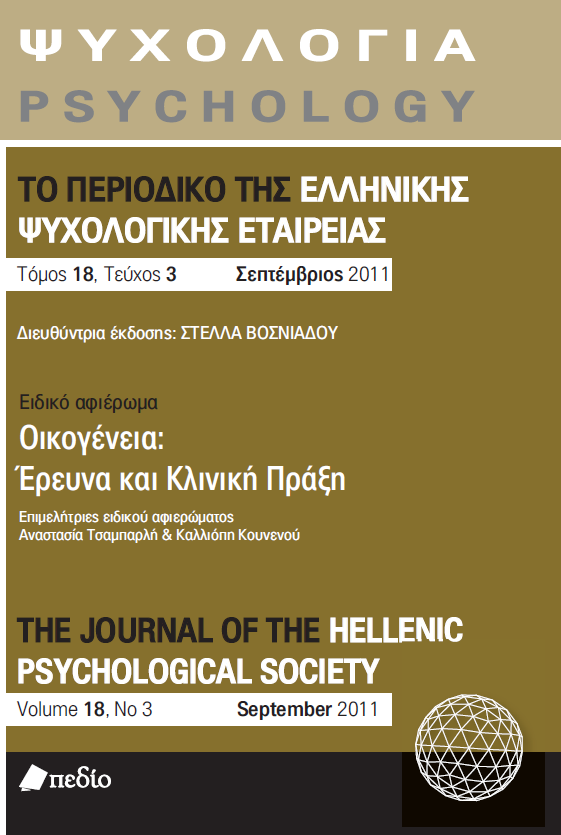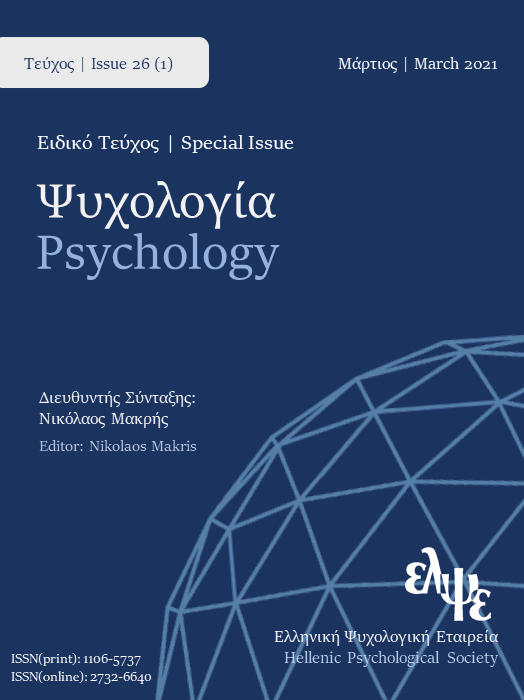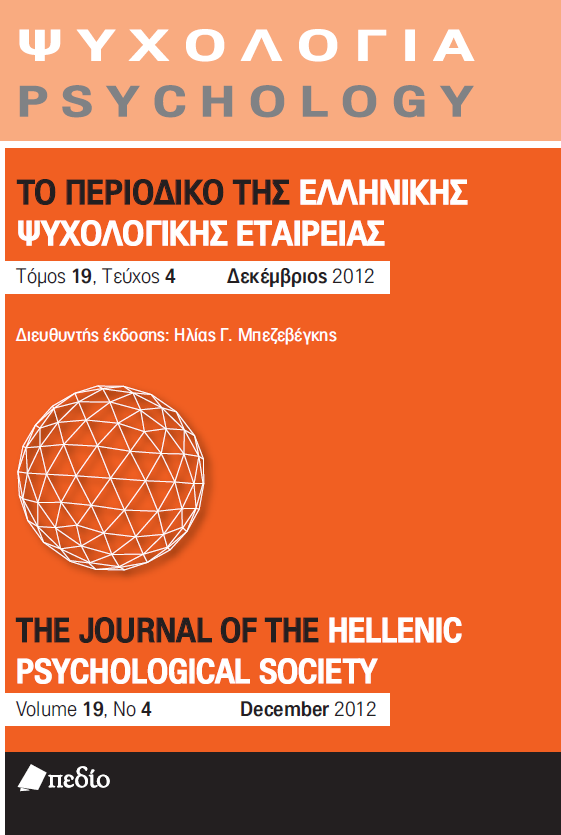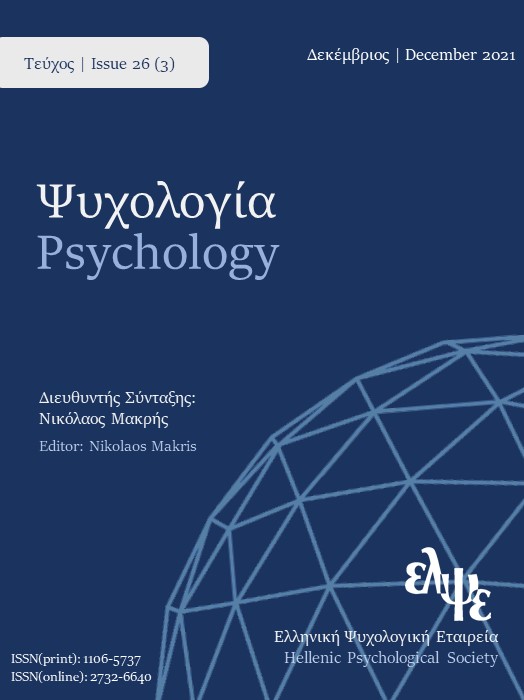Γονικότητα και διδυμία: Μία διπλή πρόκληση

Περίληψη
Στο παρόν κείμενο περιγράφεται και συζητείται η μετάβαση στη γονικότητα δίδυμων παιδιών και η πορεία ανάπτυξης της σχέσης γονιών με τα δίδυμα παιδιά τους από την ενδομήτρια ζωή μέχρι και την εφηβεία. Το ενδιαφέρον μας εστιάζεται στην ιδιαιτερότητα της σχέσης αυτής και στα ζητήματα που προκύπτουν σε κάθε αναπτυξιακό βήμα των διδύμων.
Η πρόκληση για τους γονείς είναι διπλή. Αφενός πρέπει να ανταποκριθούν με αποτελεσματικότητα στο ρόλο τους ως γονιών και αφετέρου πρέπει ταυτόχρονα να αντιμετωπίσουν τις ανάγκες δυο διαφορετικών παιδιών, με όλες τις δυσκολίες που αυτό συνεπάγεται. Στην παρούσα εργασία δίνεται έμφαση στην αξία της αντιμετώπισης από τους γονείς των δίδυμων παιδιών τους ως διαφορετικών προσωπικοτήτων ήδη από την ενδομήτρια ζωή για την αποφυγή συγκρίσεων, εντάσεων και ζήλιας που υπονομεύουν τη δίδυμη σχέση. Η συνειδητοποίηση της διαφορετικότητας κάθε δίδυμου παιδιού αναδεικνύει τα αναπτυξιακά πλεονεκτήματα της διδυμίας (συντροφικότητα, ενσυναίσθηση, συνεργασία, κ.λπ.) και αποδυναμώνει τη στερεοτυπική αντίληψη «όπου δίδυμοι και πρόβλημα», η οποία αμφισβητείται από σύγχρονες νατουραλιστικές μελέτες. Ο εντοπισμός των αναπτυξιακών πλεονεκτημάτων της διδυμίας είναι ένας κρίσιμος παράγοντας για την ανατροφή συναισθηματικά υγιών δίδυμων παιδιών που σέβονται και εκτιμούν και τον εαυτό τους και τη δίδυμη σχέση.
Λεπτομέρειες άρθρου
- Πώς να δημιουργήσετε Αναφορές
-
Μαρκοδημητράκη Μ. (2020). Γονικότητα και διδυμία: Μία διπλή πρόκληση. Ψυχολογία: το περιοδικό της Ελληνικής Ψυχολογικής Εταιρείας, 18(3), 381–396. https://doi.org/10.12681/psy_hps.23729
- Τεύχος
- Τόμ. 18 Αρ. 3 (2011)
- Ενότητα
- ΕΙΔΙΚΟ ΑΦΙΕΡΩΜΑ

Αυτή η εργασία είναι αδειοδοτημένη υπό το Creative Commons Attribution-ShareAlike 4.0 International License.
Το περιοδικό ΨΥΧΟΛΟΓΙΑ έχει υιοθετήσει μία πολιτική Platinum open-access. Τα έξοδα υποβολής, επεξεργασίας ή δημοσίευσης των εργασιών καλύπτονται από την Ελληνική Ψυχολογική Εταιρεία. Τα πνευματικά δικαιώματα των δημοσιευμένων εργασιών προστατεύονται από την άδεια 'Creative Commons Attribution-ShareAlike 4.0 International'. Οι Συγγραφείς διατηρούν τα Πνευματικά Δικαιώματα και χορηγούν στο περιοδικό το δικαίωμα της πρώτης δημοσίευσης. Η άδεια αυτή επιτρέπει σε τρίτους, να χρησιμοποιούν την εργασία σε οποιαδήποτε μορφή, με την προϋπόθεση της διατήρησης των διατυπώσεων που προβλέπονται στην άδεια σχετικά με την αναφορά στον αρχικό δημιουργό και την αρχική δημοσίευση στο περιοδικό ΨΥΧΟΛΟΓΙΑ. Επιπλέον, κάθε διανομή της εργασίας οφείλει να γίνεται με τους ίδιους όρους διανομής, δηλαδή με την ίδια άδεια Creative Commons.






